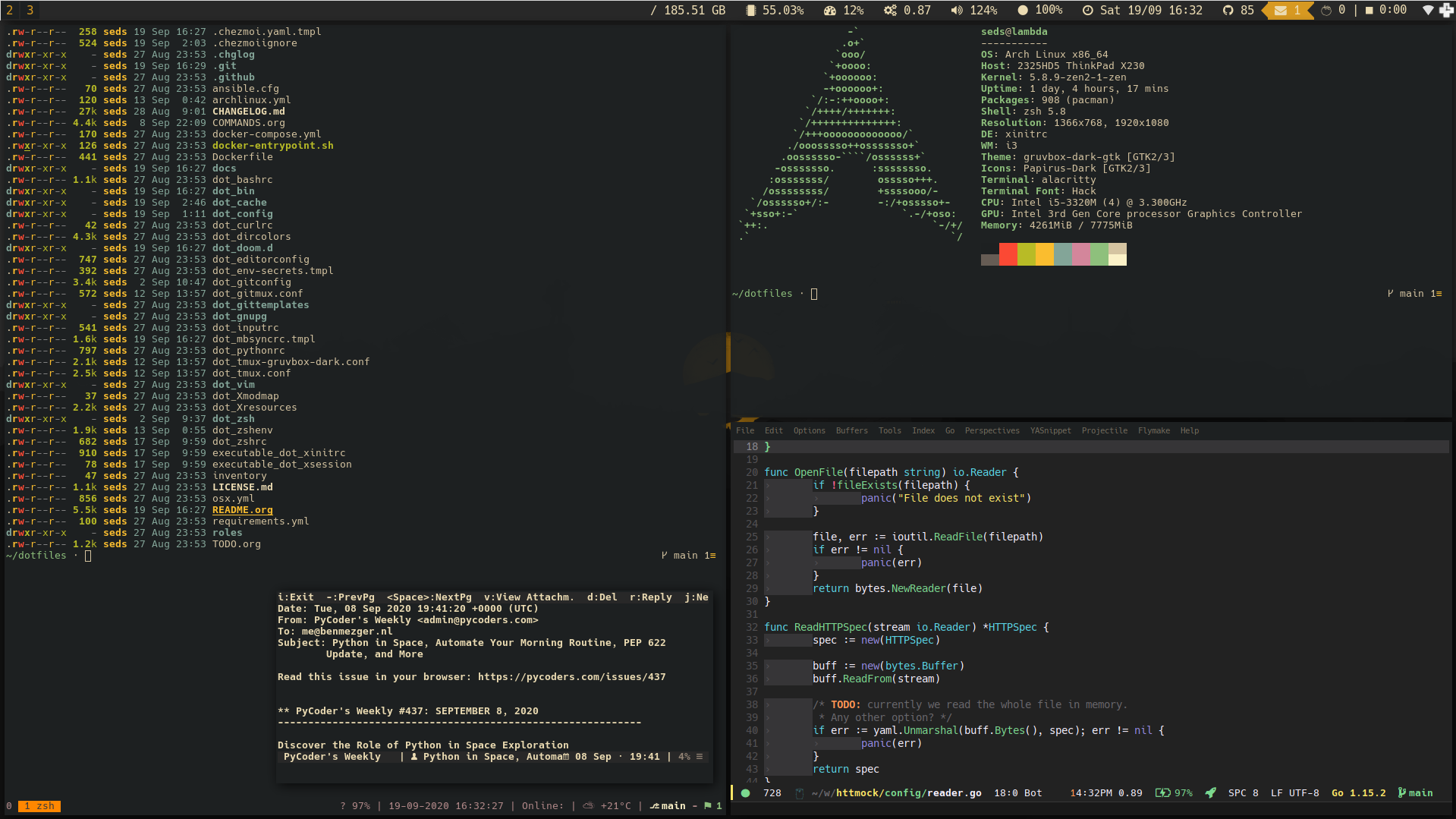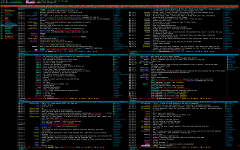

- #Weechat install script how to#
- #Weechat install script mac os#
- #Weechat install script code#
- #Weechat install script free#
You can check the details of this new version from Your Website, in which you will find them well detailed. It provides more functionality than its previous version. The latest stable version so far is WeeChat 1.9.
#Weechat install script free#
#Weechat install script how to#
You can add functionalities if you know how to program a little.This chat client has a lightweight core that gives us the option to add optional add-ons.2 Install WeeChat from its official repository.While the Ubuntu repositories only provide an old version, here we will see how to install the latest version of this application through its official repository for Ubuntu and derivatives. WeeChat is a lightweight IRC client for the command line, available as free software. There are many clients, some more complicated to use than others but with more features available to the user. An IRC client is simply a program with which to connect to one of these networks. This was the most before the arrival of Facebook, Messenger and other social networks. These users are connected to one of the many IRC networks. To begin I want to clarify that a real-time communication network is called IRC where you can talk to multiple users at the same time.
#Weechat install script mac os#
This is a fast, lightweight, and extensible chat client that works on Linux, Windows, Mac OS X, Unix, BSD, and GNU Hurd. We write the incoming audio stream into a temporary file using fs.createWriteStream().In this article we are going to see an application with which you can communicate with the world from the terminal. send ( 'Welcome to the Speech-to-Text API!' ) } ) const PORT = process. Let’s wire up a basic Express server: const express = require ( 'express' ) const cors = require ( 'cors' ) const app = express ( )
#Weechat install script code#
Create the file inside the backend folder and open it in a code editor. Our entry file for the Node.js app will be index.js. ffmpeg-static: this provides static FFmpeg binaries for different platforms, and simplifies deploying FFmpeg.We need it to retrieve the audio duration. ffmetadata: this is used for reading and writing metadata in media files.fluent-ffmpeg: this provides a fluent API to work with the FFmpeg tool, which we’ll use for audio trimming.axios: to make network requests to the Whisper endpoint.Īlso, since we’ll be using FFmpeg for audio trimming, we have these libraries:.form-data: to programmatically create and submit forms with file uploads and fields to a server.files object to the request object, which we’ll then access in our route handlers.


Next, we initialize a new Node application in our backend directory, while also installing the required libraries: npm init -y Now, let’s switch back into the main folder and create the backend folder: cd. Npm install axios react-dropzone react-select react-toastify Navigate to the new frontend folder and install axios to make network requests and react-dropzone for file upload with the code below: cd frontend Next, we initialize a new React application using create-react-app: npx create-react-app frontend Feel free to choose any other structure you prefer: mkdir speech-to-text-app We start by creating a new folder that will contain both the frontend and backend for the project for organizational purposes.


 0 kommentar(er)
0 kommentar(er)
